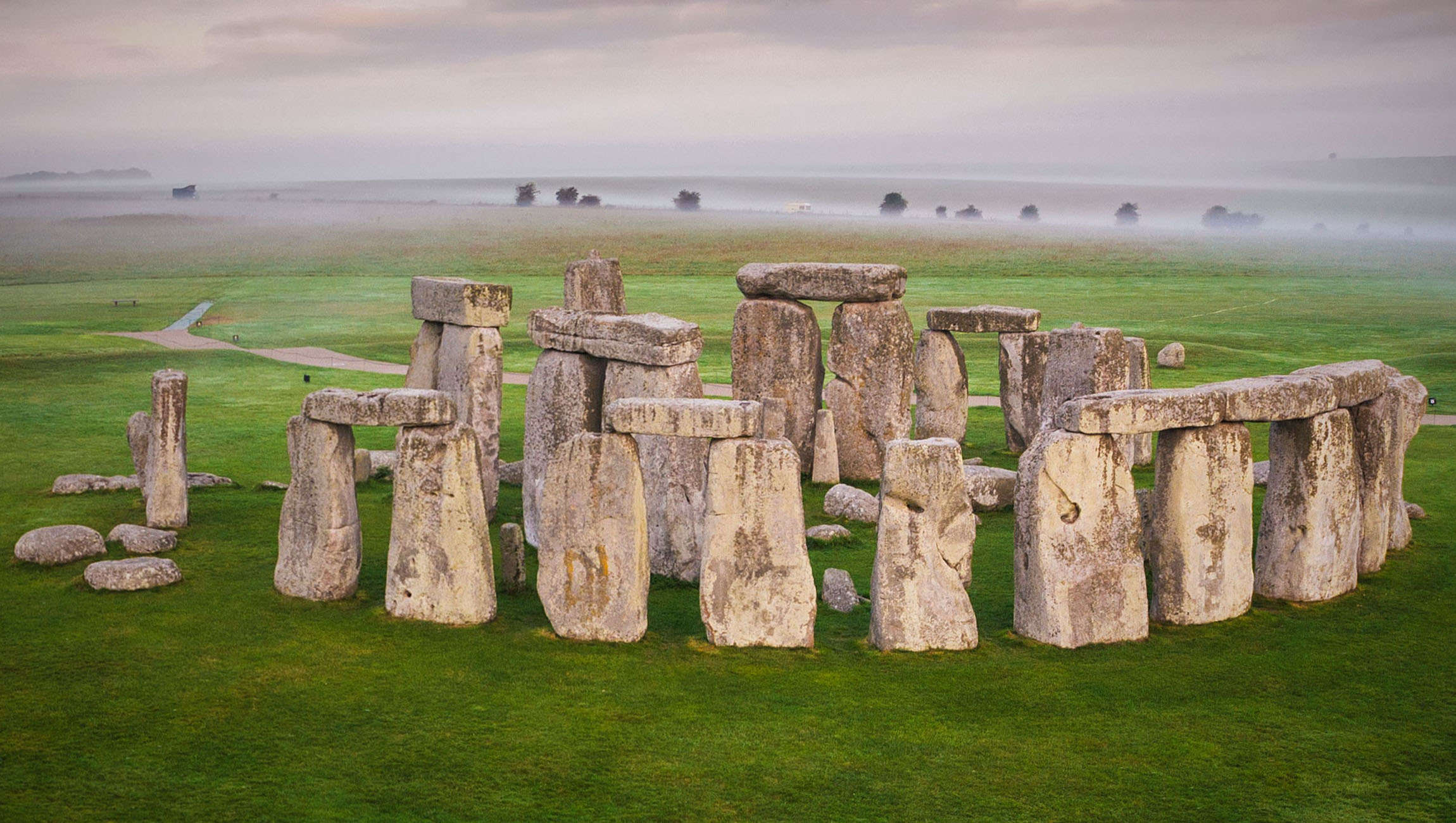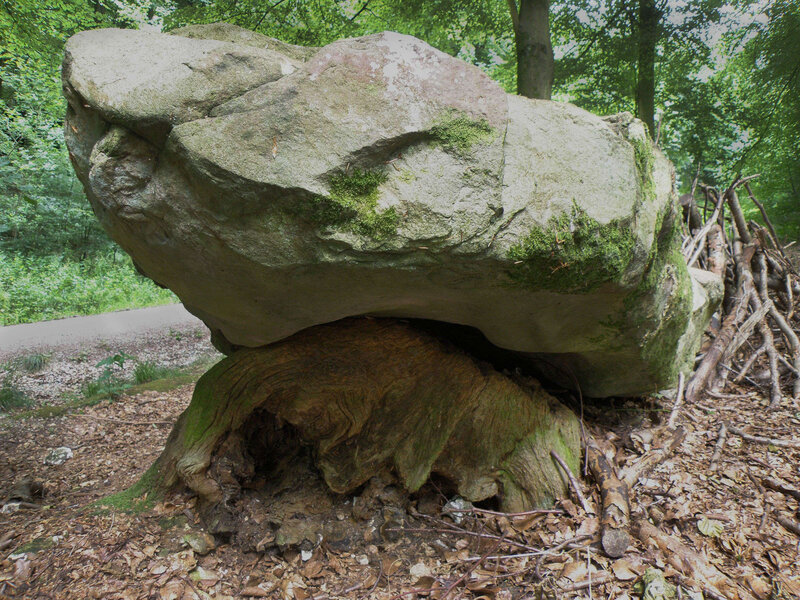Create a free profile to get unlimited access to exclusive videos, sweepstakes, and more!
Mysterious origins of the Stonehenge megaliths finally unearthed

Stonehenge has been whispering its secrets to us after thousands of years and innumerable sunrises and sunsets, and it is finally telling us where its megaliths came from.
Where the sarsen stones for the mystical site actually came from remained a mystery until now. Pagans still celebrate the summer and winter solstice there as they did in ancient times, and we know how Stonehenge was built to allow the sunrise in at just the right angle on those sacred days. After centuries of debate, the origins of all but two of the imposing sarsens have finally been traced to the West Woods, after chemical analysis by geologist David Nash, a Professor of Physical Geography at the University of Brighton, and his team of researchers.
“In the Marlborough Downs area, it was the proportions of the elements Tm (Thulium) and Pr (Praseodymium) that distinguished the West Woods sarsens from other areas,” Nash, who recently published a study in Science Advances, tells SYFY WIRE regarding which chemical signatures confirmed where most of the sarsens were from.
The sarsens make up most of the main circle and inner part of Stonehenge. While the smaller bluestones near the center are already known to have been brought over from Wales, not as much attention was given to the more obvious rocks. Sarsens are sandstone boulders that occur in southern England. Some of those at Stonehenge stand alone, while massive lintels (horizontal beams) connect others. The source of these behemoths was thought to be the Marlborough Downs for years, but Nash and his team used combinations of X-ray analysis and mass spectrometry to trace their geochemical makeup to the West Woods, an area just southwest of Marlborough and around 20 miles north of Stonehenge.
How these 25-30 ton stones were dragged 20 miles from the source and then built into a Neolithic monument isn’t exactly clear yet, though Nash believes continuing research will eventually answer these questions.
“We can't add much on how Stonehenge was built,” Nash says. “However, the fact that the bulk of the stones come from one source and (as found by previous archaeological research) were erected at the same time suggests this was a concerted and focused effort. We also can't say much on how they were moved. We can begin to shed light on possible routes. With more research, we may be able to link sarsen chippings excavated at archaeological sites along possible routes with West Woods or other areas and hence to Stonehenge.”
Most sarsen boulders occur in the Marlborough Downs. Long before advanced technology made it possible to figure out their chemical makeup, the sarsens of Stonehenge were suspected to have been transported from there as early as the 16th Century because of their size and rare occurrence on Salisbury Plain, where Stonehenge stands. The use of these stones for other megalithic monuments also made Kent, Dorset, and Oxfordshire possible candidates. Distance obviously was not an issue. These were people who were willing to somehow bring bluestones over all the way from Wales in the name of holy ground. However, there are still two of the sarsens whose origin defies explanation. What is really baffling about this is that they appear no different from the others.
“Physically, the stones look the same as all the other 50 sarsens at Stonehenge,” Nash says. “I can't say what specific chemical aspect made stones 26 and 160 different — the statistical analysis we conducted looks at a whole suite of elements together. All we can say is that the two stones are different from the rest of the sarsens and from each other. We don't know where they come from — more work is needed to determine if they are local or come from further afield.”
Another thing that the otherworldly stones are keeping from us (at least for now) is exactly what areas of West Woods they originated from. There are hardly any left in that area anymore, so it will be exceedingly difficult to determine whether or not there is a chemical match. It is possible that the two anomalies were brought over from somewhere else by a different group. If that was what happened, the reasons for it are still unclear, but Nash is still determined to see into the past.
“There is a major challenge — most of the sarsens have been removed (either to Stonehenge or during 19th century quarrying), so any future work will need to analyze the chemistry of a part-remaining distribution,” he says. “We should, however, be able to do further work to identify quarry sites and solve the mystery.”















